Debunking the Myth of Wine Tasting and Inebriation.
- 2023-05-07 05:00:00
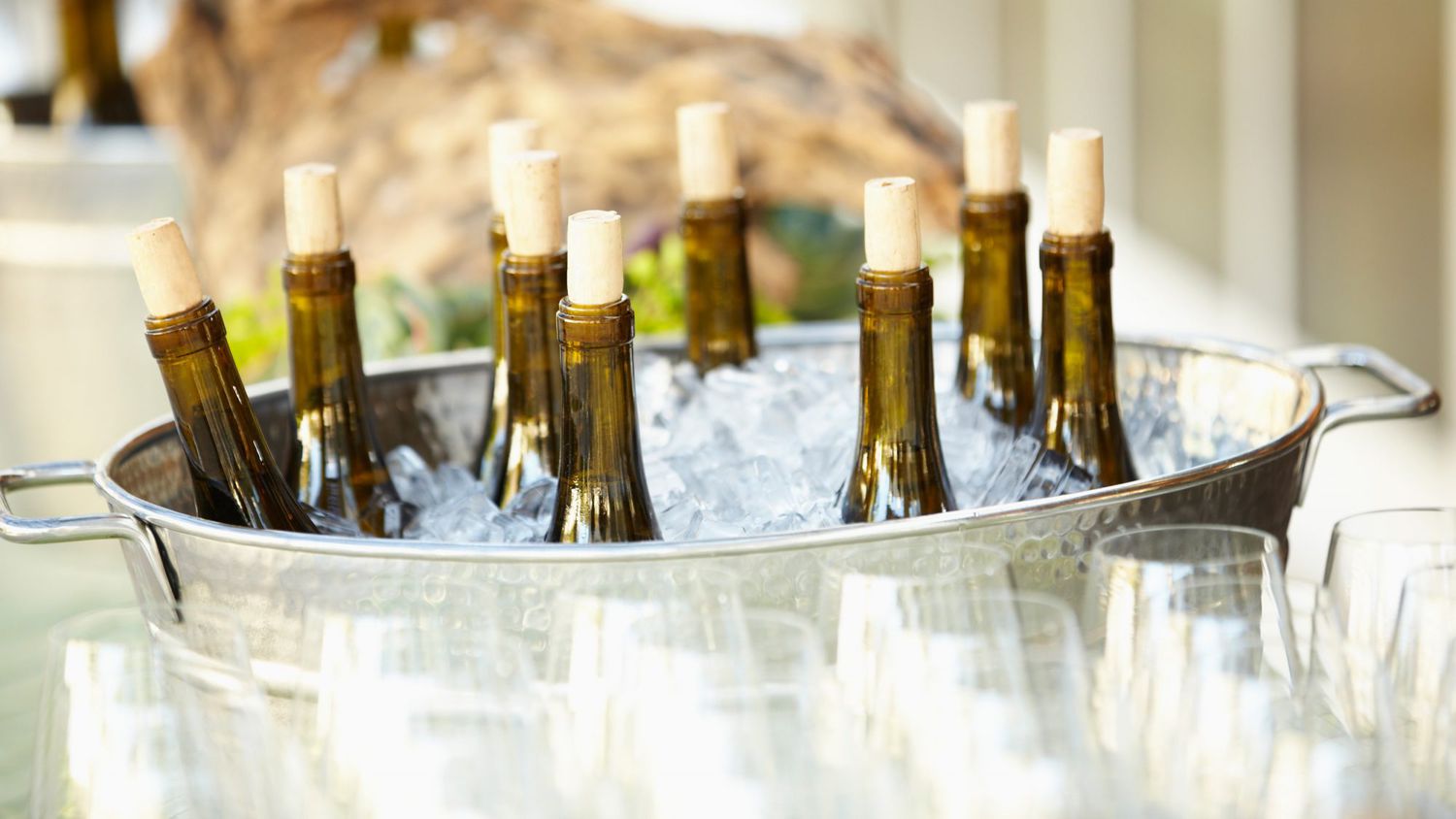
The world of wine tasting is often shrouded in myths and misconceptions, and one of the most common questions is whether wine tasters actually get drunk from sampling multiple wines. Let's delve into this topic and separate fact from fiction to understand the reality behind wine tasting and its effects on inebriation.
- Professional Protocols: Wine tasting, whether conducted by sommeliers, wine critics, or industry professionals, typically follows strict protocols to minimize the risk of inebriation. Tasters are trained to take small sips, use spittoons to discard wine after tasting, and pace themselves throughout the tasting session. These measures help prevent excessive alcohol consumption and maintain clarity of judgment.
- Spitting vs. Swallowing: One of the key techniques used by wine tasters to avoid inebriation is spitting out the wine after tasting rather than swallowing it. Spitting allows tasters to evaluate the wine's flavor, aroma, and texture without ingesting significant amounts of alcohol. While it may seem counterintuitive to spit out wine, it's an essential practice for maintaining sobriety and objectivity during tasting sessions.
- Professionalism and Responsibility: Wine professionals understand the importance of remaining sober and alert during tasting sessions to accurately assess wines and provide valuable feedback to consumers. Inebriation not only impairs sensory perception but also undermines credibility and professionalism in the wine industry. As such, responsible tasting practices are emphasized and upheld as essential standards of conduct.
- Alcohol Content: It's important to note that the alcohol content of wine varies depending on factors such as grape variety, winemaking techniques, and regional regulations. While most table wines typically have alcohol levels ranging from 9% to 15% by volume, fortified wines and high-alcohol styles may contain significantly higher alcohol content. Wine tasters are mindful of the alcohol levels of the wines they taste and adjust their consumption accordingly.
- Personal Thresholds and Limits: Like any alcoholic beverage, wine can affect individuals differently based on factors such as body weight, metabolism, tolerance, and hydration levels. While professional tasters may develop a tolerance to alcohol through experience and practice, they are still susceptible to its effects and must exercise caution and moderation during tasting sessions. Knowing one's personal thresholds and limits is essential for responsible wine tasting.
- Education and Training: Wine professionals undergo extensive education and training to develop sensory acuity, analytical skills, and professionalism in tasting. They learn to recognize the signs of inebriation and implement strategies to maintain sobriety and professionalism during tasting sessions. Additionally, many organizations and institutions provide guidelines and resources for responsible alcohol consumption in the wine industry.
In conclusion, while wine tasters may sample multiple wines during tasting sessions, they typically do not get drunk due to the adoption of professional protocols, responsible practices, and moderation. By spitting out wine, pacing themselves, and remaining vigilant about alcohol consumption, wine professionals uphold standards of professionalism and integrity in the pursuit of evaluating and appreciating wine. Cheers to responsible tasting and the enjoyment of wine in a safe and mindful manner!
Richard Parker, California
-
Recent Posts
-
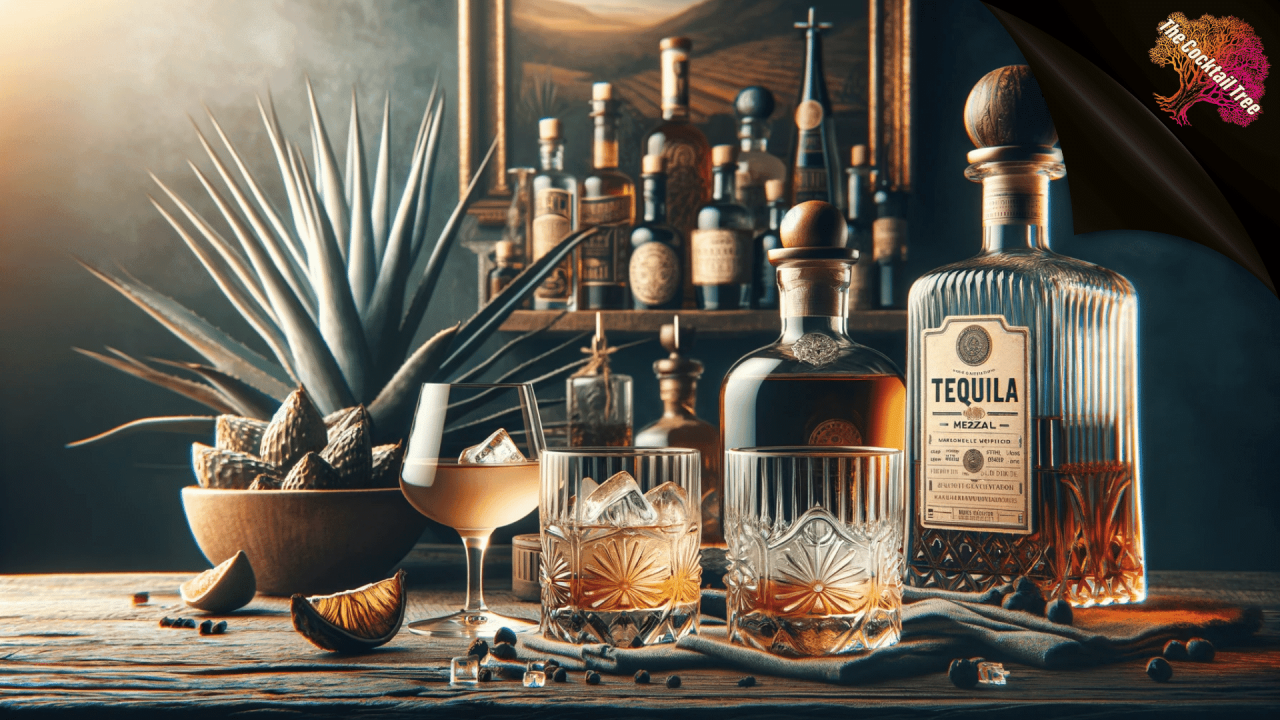
Tequila, the elixir of agave, transcends mere libation to become a symphony of science, art, and alchemy. Join us on an expedition through the intricate world of tequila, where molecules mingle, flavors...
-
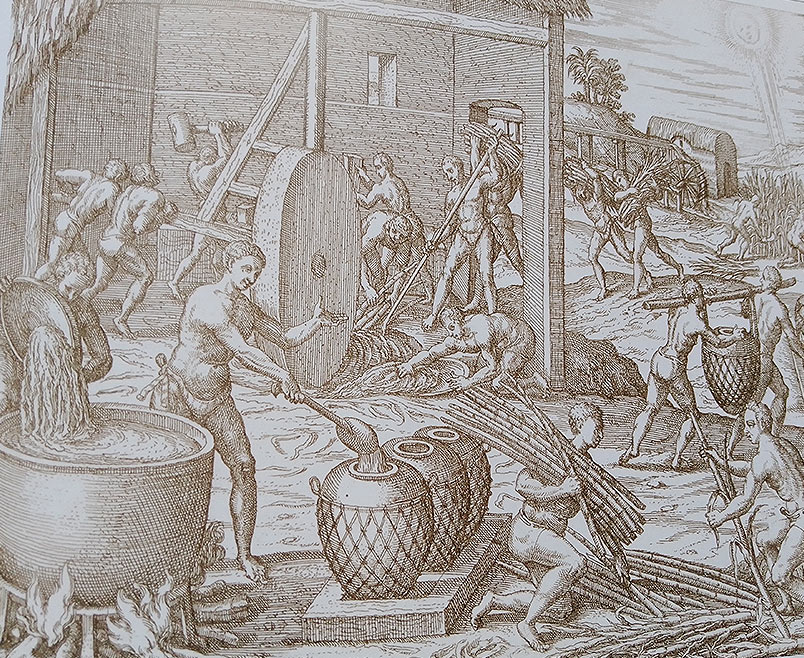
Rum, with its rich flavors and storied past, has woven itself into the tapestry of cultures and traditions around the world. From its origins in the sugarcane fields of the Caribbean to...
-
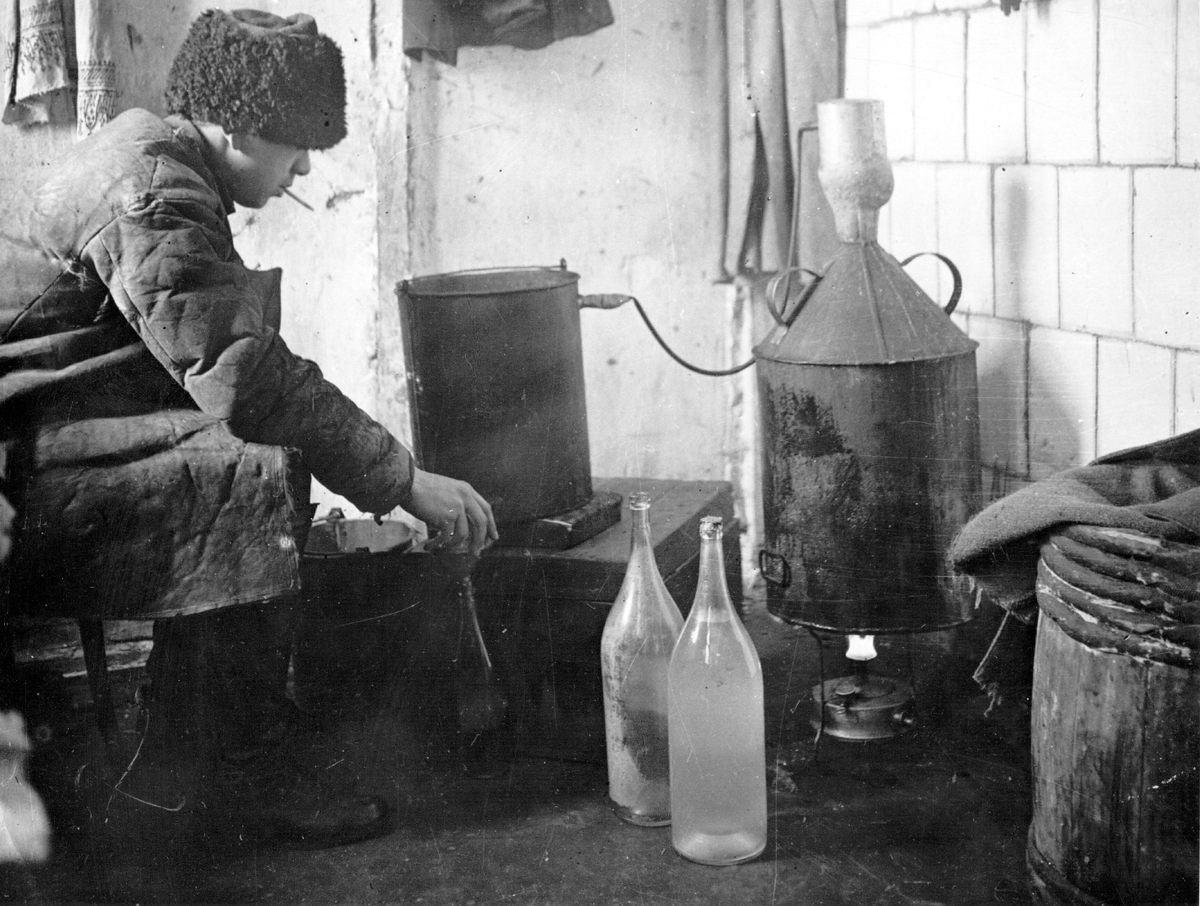
Vodka, with its clear, pure appearance and versatile nature, has a history as fascinating and diverse as the cultures that have embraced it. From its mysterious origins in Eastern Europe to its...
-
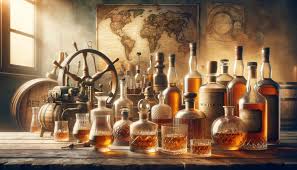
Whisky, with its complex flavors and rich heritage, has captured the hearts and palates of people around the world for centuries. From its humble beginnings in ancient civilizations to its global prominence...
-
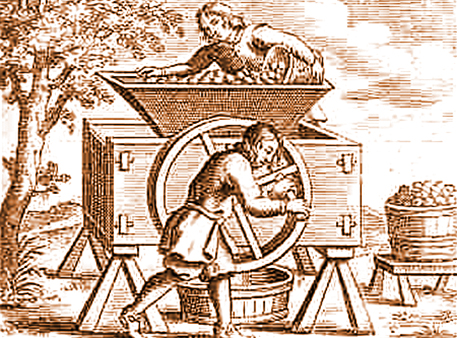
Cider, with its crisp and refreshing taste, has a history as rich and diverse as the apples from which it's made. From its ancient roots to its modern resurgence, cider has been...
-
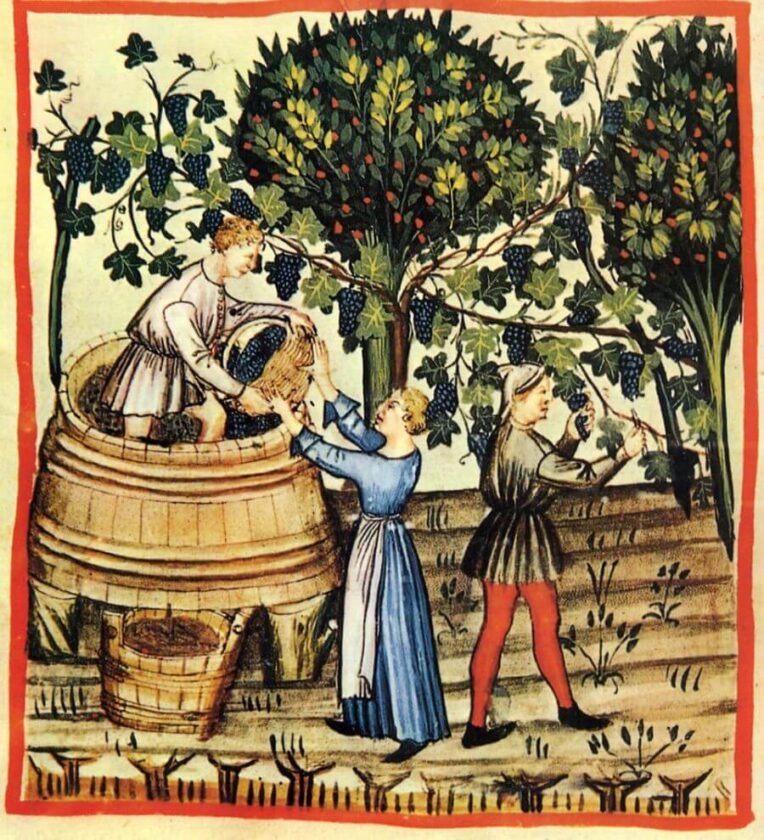
Wine, with its rich tapestry of flavors, aromas, and cultural significance, has been an integral part of human history for millennia. From its humble origins in ancient Mesopotamia to its global prominence...
-
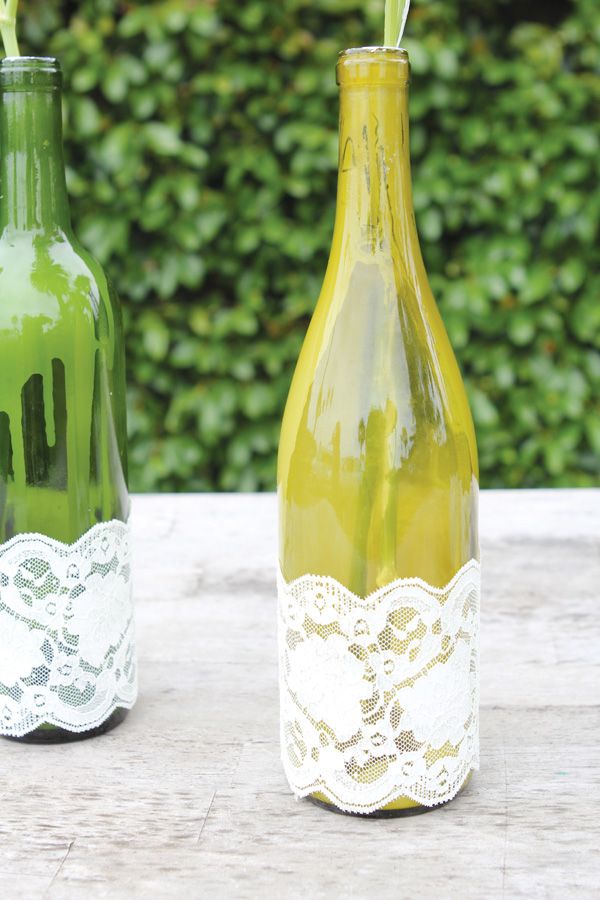
Wine isn't just for drinking—it's also a versatile and inspiring medium for crafting and décor. Whether you're looking to add a touch of wine-inspired charm to your home or seeking unique gift...
-
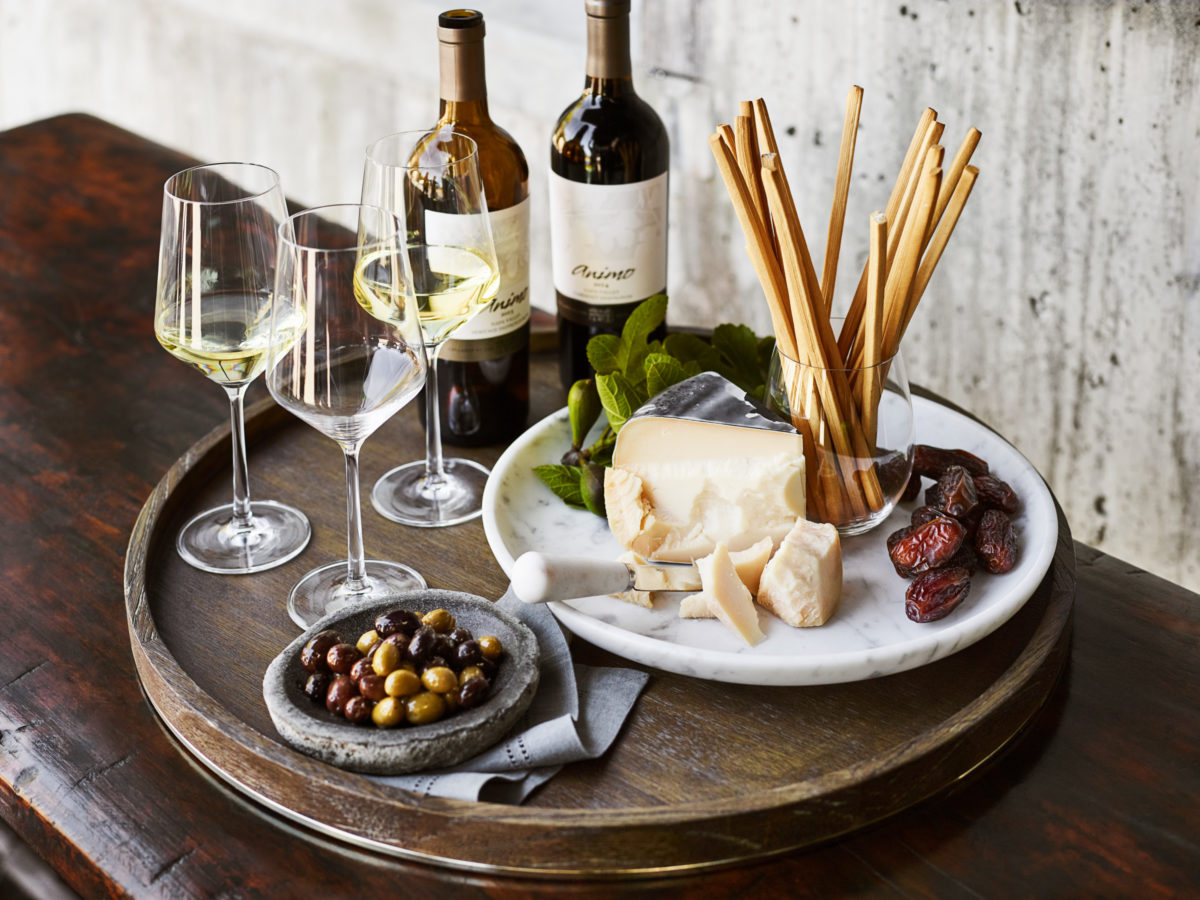
There's no better way to explore the world of wine than by gathering friends and loved ones for a wine tasting party. Whether you're a seasoned oenophile or a curious novice, hosting...
-
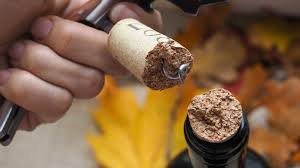
Wine, with its complexity and nuance, is a beverage cherished for its ability to delight the senses and evoke a myriad of flavors and aromas. However, like any agricultural product, wine is...
-
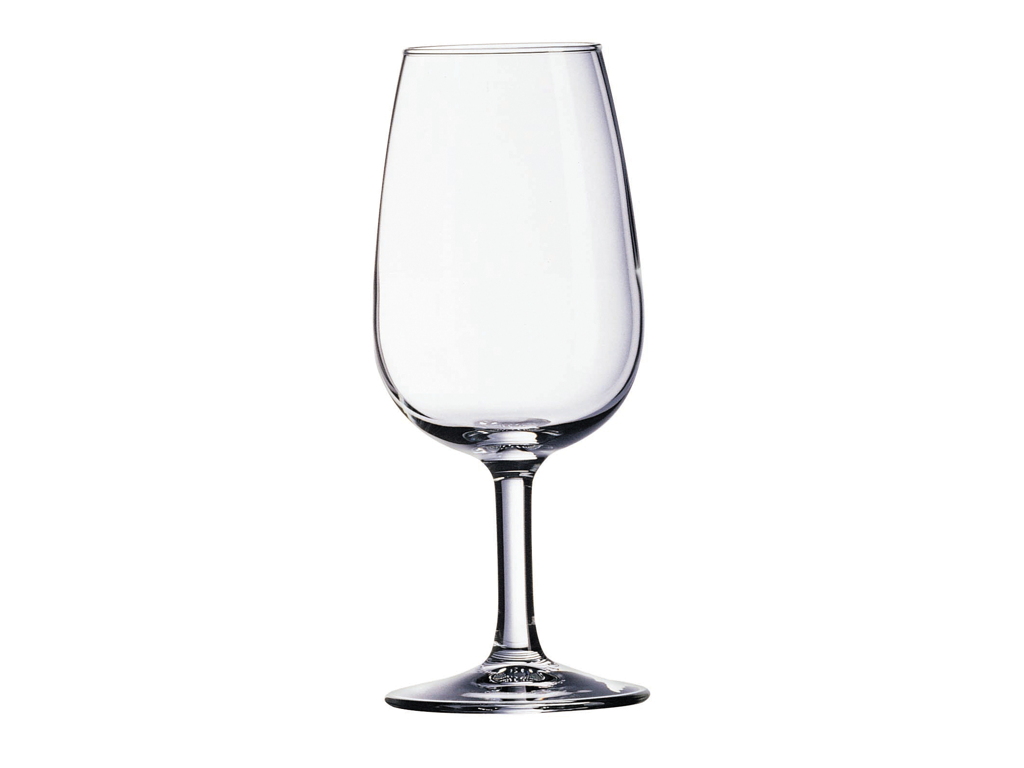
Selecting the right wine glass can significantly enhance your enjoyment and appreciation of wine, allowing you to fully experience its aromas, flavors, and nuances. With a wide array of shapes, sizes, and...
-

Nestled in the picturesque hills of the Veneto region in northeastern Italy lies the charming town of Conegliano, renowned as the birthplace of Prosecco and the epicenter of Italy's thriving sparkling wine...
-
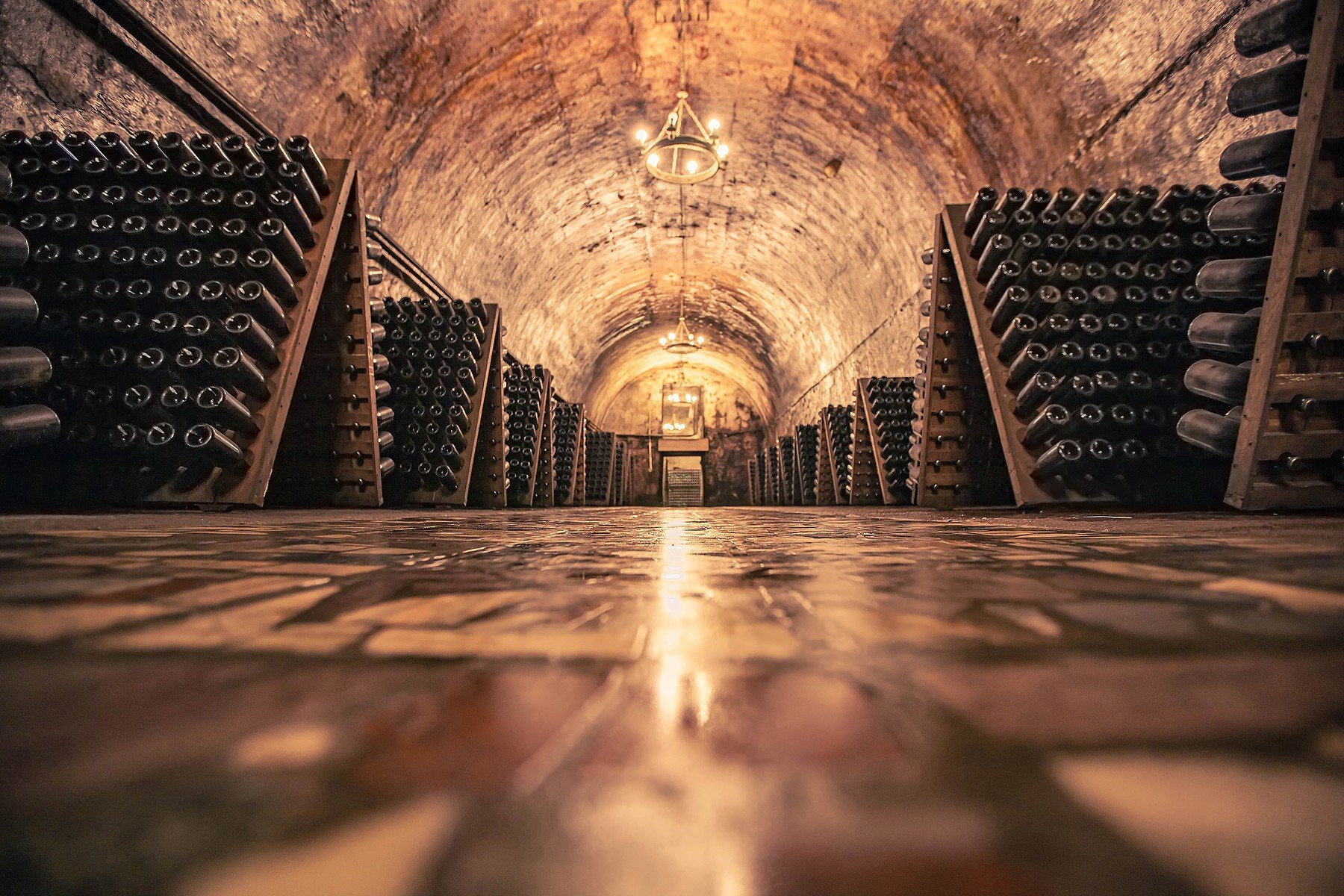
Champagne, the quintessential sparkling wine synonymous with celebration and luxury, is crafted through a meticulous and time-honored winemaking method known as the Méthode Champenoise. From grape to glass, the journey of Champagne...